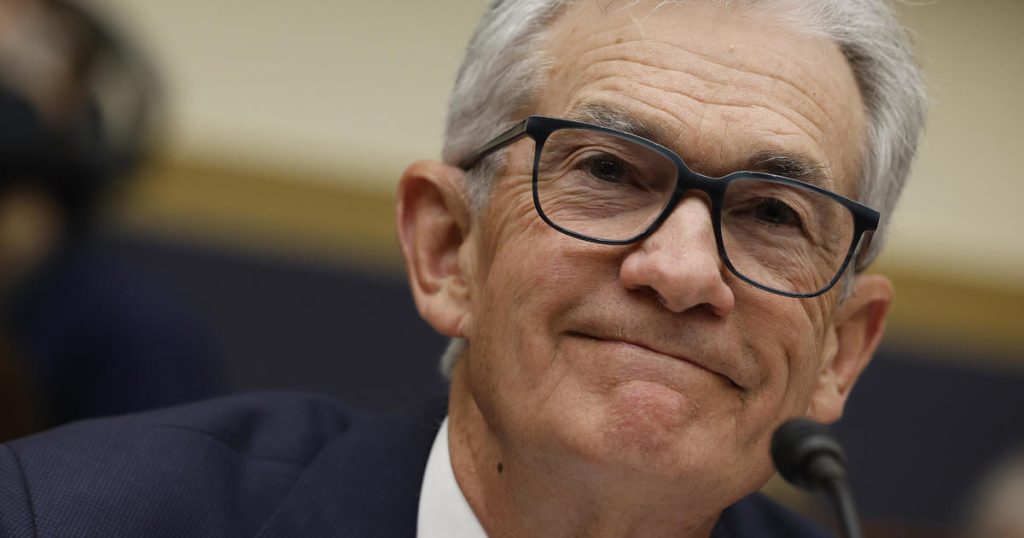The U.S. economy slowed during the first quarter of 2024, falling short of forecasts, leading the Federal Reserve to hold off on cutting interest rates to combat inflation. Despite initial predictions that the Fed would cut its benchmark rate, shifting economic conditions and stubbornly high inflation have complicated policy makers’ plans. As a result, economists now expect the Fed to hold rates steady, with the first rate reduction likely to occur later in the year, possibly in September or November. This means that consumers will continue to face higher borrowing costs for loans such as credit cards and mortgages, while the costs of goods and services remain elevated.
The Fed’s interest rate decision is expected to be announced on May 1st, with almost 97% of economists surveyed predicting that the benchmark rate will remain at 5.25% to 5.5%. Stubborn inflation, driven by rising costs for housing and gasoline, has hindered the Fed’s efforts to control prices, leading to expectations that any rate cuts will not happen until later in the year. Consumer prices have increased on an annual basis, with March seeing a rise of 3.5% and economists projecting potential rate cuts at the Fed’s September or November meetings, likely to be around a quarter of a percentage point each.
Investor expectations for future rate cuts have decreased, with predictions of two cuts totaling half a percentage point this year. This will impact borrowers, who will continue to face high borrowing costs, particularly in the mortgage and credit card markets. Mortgage rates are expected to stay above 7%, while credit card rates remain at record highs. Despite the challenges for borrowers, savers may benefit from higher-interest savings accounts with yields above 5%, providing opportunities for better returns on savings.
The Fed’s decision to hold off on cutting interest rates until later in the year is influenced by concerns about inflation and the potential for making the economic situation worse if rates are cut prematurely. The central bank’s focus on managing inflation and maintaining economic stability has led to a cautious approach to rate changes. Economists are now predicting rate cuts at the Fed’s upcoming meetings, with the potential for reductions in September or November. Overall, consumers are expected to face ongoing high borrowing costs, while savers may find opportunities for higher returns on savings.
The impact of the Fed’s decision on interest rates will have implications for consumers and businesses alike, with borrowing costs remaining high and little relief in sight. Despite concerns and frustrations about the Fed’s reluctance to cut rates, the central bank’s focus on managing inflation and stabilizing the economy is guiding its policy decisions. Continued high borrowing costs for consumers on loans such as mortgages and credit cards are expected, while savers may benefit from higher-interest savings accounts offering yields above 5%. Overall, the economic outlook for the U.S. economy in 2024 remains uncertain, with challenges and opportunities ahead for both borrowers and savers.


